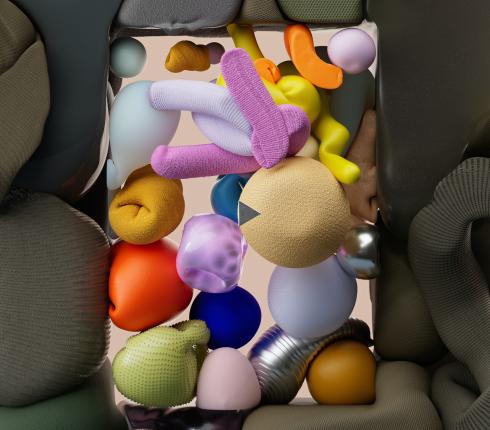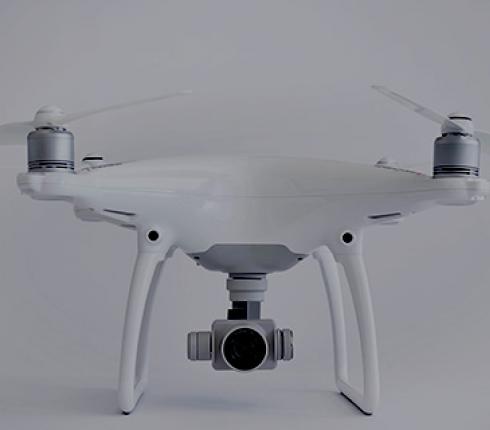The Estonian start-up Starship Technologies delivery bots were given a green light to hit the streets
The Estonian start-up Starship Technologies developed delivery bots are a fresh solution to short distance deliveries that have acquired comprehensive recognition all around the world. The Parliament had made amendments to the Traffic Act by allowing the perky bots to enter the traffic without a physically present user. For the first time in Estonian legislation history the law regulates the traffic of vehicles that do not have a driver in its traditional meaning and that are able to be on the move without a driver’s interference, although not completely autonomously. The aim of this amendment is to encourage the innovation in the activity of Estonian enterprises.
The Estonian parliament voted unanimously (86 against 0) for a country-wide regulation of delivery bots by adding into the Traffic Act a new vehicle category as “self-driving delivery robots”. According to the act the driver of a self-driving delivery robot is a natural or legal person that is its direct possessor and uses the self-driving delivery robot in the traffic. The self-driving delivery robot is in direct contact with the ground with wheels or crawlers with a maximum moving speed of 6 km/h and is a partially or completely autonomous or remotely controlled vehicle. In order to circulate partially or completely without the direct control of the driver, the robot gathers information about the surrounding environment with sensors, cameras and other devices.
Ahti Heinla and Janus Friis, two of the founders of the company that created the delivery bots (Starship Technology), belonged also to the founding members of Skype. The duty of the robot is to deliver products bought on-line to the addressee and according to Starship’s homepage the bots are capable of doing so within 5 to 30 minutes within a 5-kilometre radius. To ensure safe circulation the bots are equipped with 9 eyes and 6 wheels and they can manage to deliver packages that weigh up to 10 kg. The robots move by themselves or are operated from the command centre, where there is a responsible person for each bot.
The robots were first introduced to the public last fall and Estonian authorities managed to put into practise the regulations regarding the robots very swiftly. The Economic Affairs Committee of the Parliament brought in the bill on March 8th 2017 and the Parliament approved the amendments to Traffic Act as early as June 14th 2017. Therefore, it is quite remarkable how rapidly the legislator brought the Traffic Act into conformity with the development of technology.
Self-driving delivery robots are controlled by a natural person directly or remotely with electronical, manual or other devices. Although, robot movers are of size and movement speed low risk level things that do not pose an extra risk to the traffic, the user of a self-driving delivery robot is obligated to have liability insurance. To identify the user, a self-driving delivery robot shall be equipped with clearly readable identification number, the name of the user and users phone number. The user of a self-driving delivery robot must at least be an 18-year-old Estonian resident, who has the specific skills to operate a self-driving delivery robot and must not be intoxicated. The possessor of a self-driving delivery robot is liable under the law as a driver of the self-driving delivery robot just like a regular car driver, and in case of an accident the soberness of the driver must be detected.







